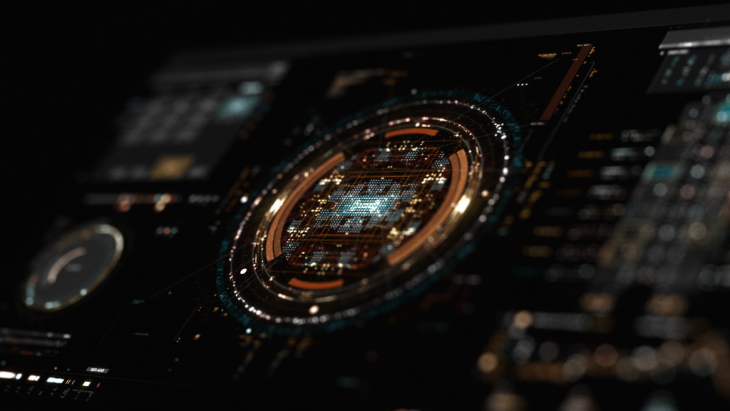TS.1B – Tool Seminar
Interaction Tools
Programming for Interaction, Processing
Faculty: David Dalmazzo
 Image from: Visualizing Fontane’s “Bru?cke am Tay” [Processing] Diana Lange
Image from: Visualizing Fontane’s “Bru?cke am Tay” [Processing] Diana Lange
HCI and Creative-Coding in Processing
Human-Computer Interaction (HCI) is a research field in which engineers and designers work together to develop interfaces to allow human users to navigate over a variety of stored-information controlled by a computer [1].
That technology includes not only basic computers, as well, keyboards, mobile phones, household appliances, in-car navigation systems and even embedded sensors and actuators such as automatic lighting. The concept “usability,” is often defined in terms of efficiency, effectiveness, simplicity and satisfaction. However, in the field of creative-coding, applications are not necessarily focused on the implementation of visible interfaces, but very focused on the user experience. Hence, this field is very open to creative implementations and nowadays it represents a complete artistic field to express sophisticated ideas where the interaction paradigms are always under development.
There is no only one way to learn to program or to resolve an HCI project. Programming can be a complex task that needs dedication and years of practice; however, open source platforms such as Processing [2] offers a high-level computer language and an active community that shares and publish code, books, and resolve questions in forums, as well. This open-source community opens much more options for self-practice learners and gives solutions from experts at the moment to resolve particular projects.
During this seminar, we are going to relate generative sounds and graphics with the help of Processing and Max 7 [5]. Learning basic concepts of programming using as a reference some simulations from the processing community[3] and implement the exchange of information among platforms using OpenSoundControl, as well, some practical uses of Wekinator [4] as a friendly interface for Machine Learning implementations. Interface devices such as Myo, Riot, Leap Motion or Kinect are welcomed.
During the last day of the workshop, a group of three students will create a new project that makes use of the material developed during the classes. The final test will be presented to the rest of the class and to a selected jury.
 Image from: www.gmunk.com
Image from: www.gmunk.com
1. Dix, Alan. “Human-computer interaction.” Encyclopedia of database systems. Springer US, 2009. 1327-1331.
2. Reas, Casey, and Ben Fry. Processing: a programming handbook for visual designers and artists. No. 6812. Mit Press, 2007.
3. The Nature of Code: Simulating Natural Systems with Processing Daniel Shiffman. Published December 2012. PDF, Web, Paperback.
4. Fiebrink, Rebecca, and Perry R. Cook. “The Wekinator: a system for real-time, interactive machine learning in music.” Proceedings of The Eleventh International Society for Music Information Retrieval Conference (ISMIR 2010)(Utrecht). 2010.
5. www.cycling74.com
